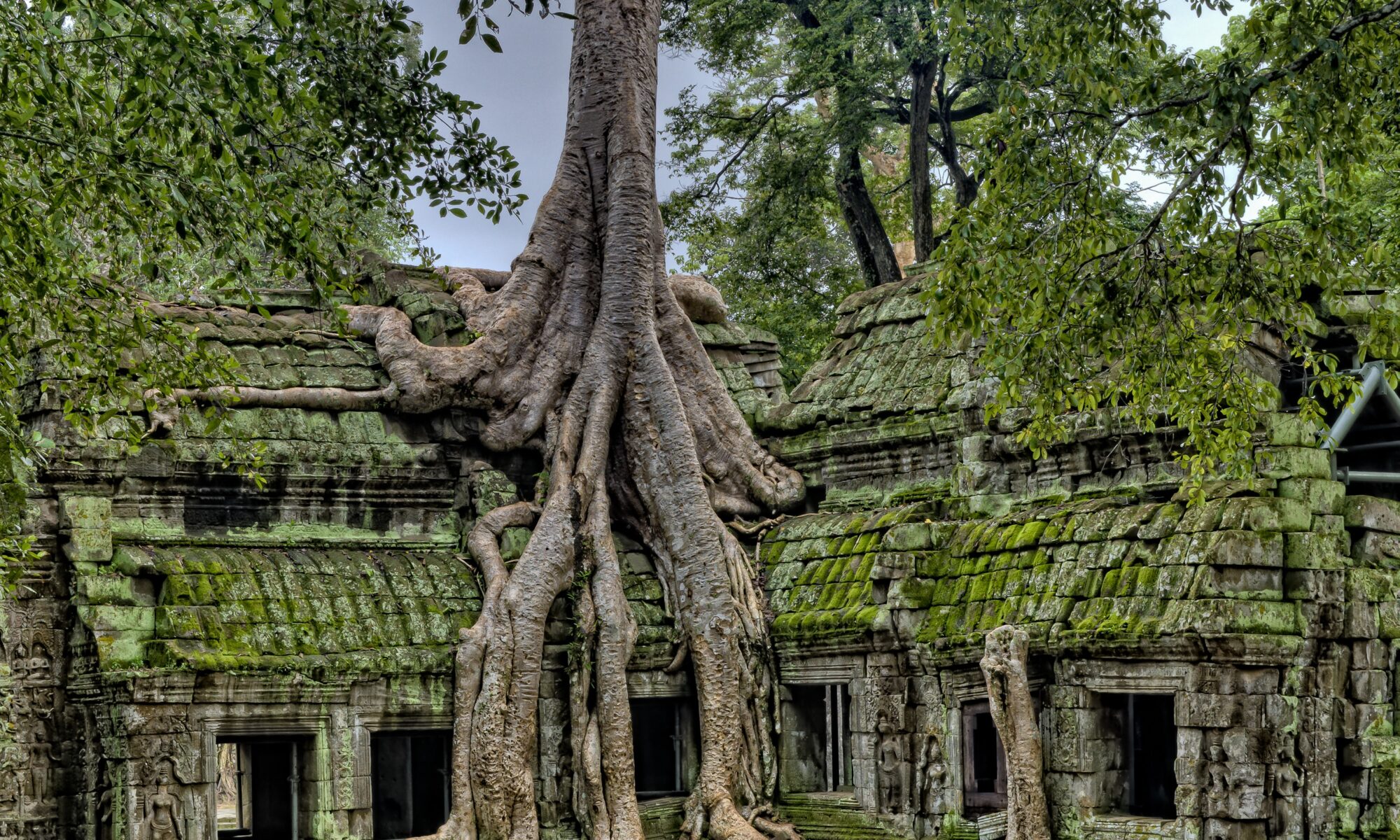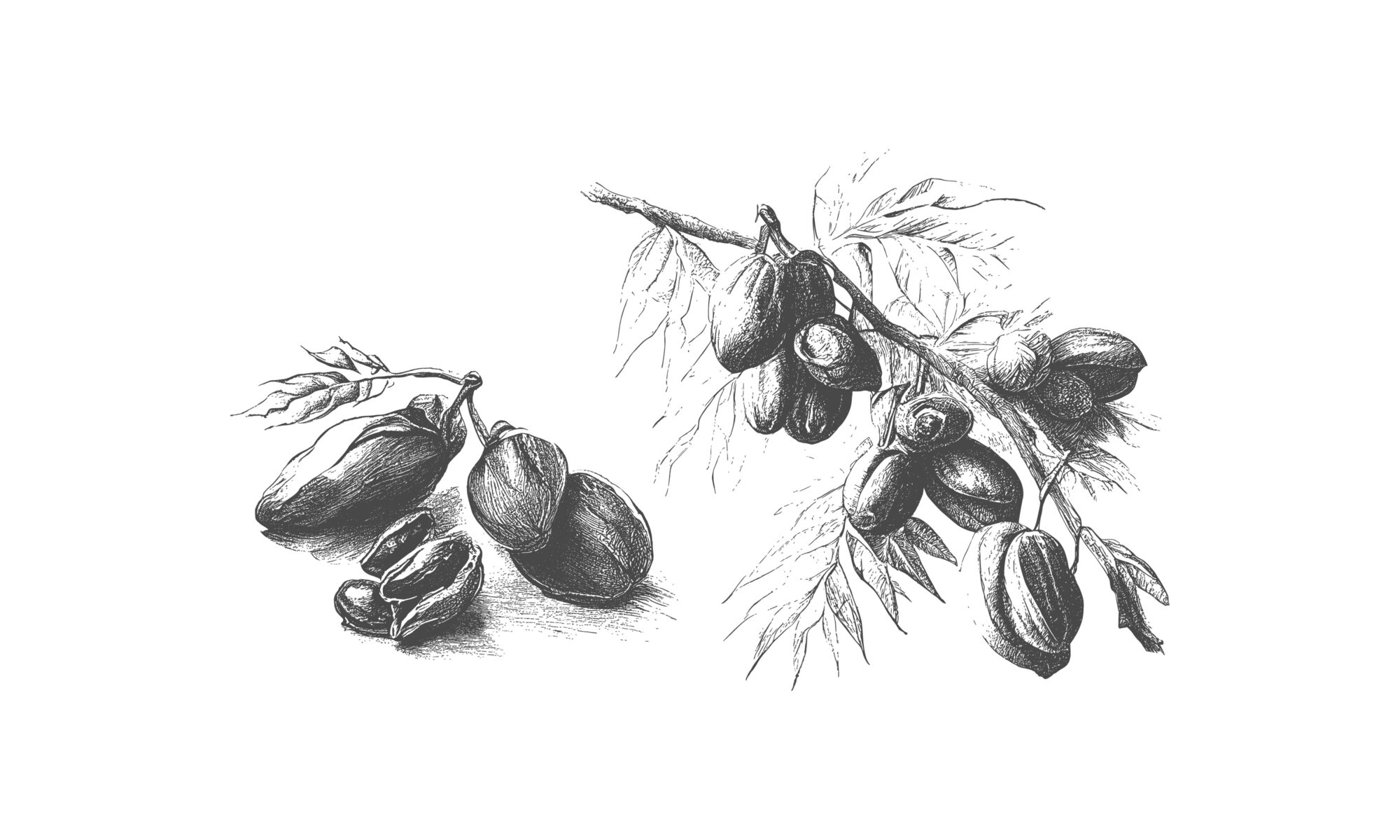In a world often mired in transient hustle and bustle, the resilience of trees remains a testament to the unyielding spirit of nature. These fixtures of the Earth have witnessed the rise and fall of civilizations, endured wars and plagues, and emerged through it all, steadfast and thriving.
In this edition of Tree News, we delve into the enchanting tales of resilient trees that have not just survived but flourished through bombing and plague, standing today as living monuments to the indomitable strength of nature.
The Tree of the Year Contest in Britain
The Tree of the Year contest is an annual competition organized to celebrate and honor remarkable trees from various regions in Britain. Initiated by environmental and conservation organizations, the competition aims to raise awareness about the ecological, cultural, historical, and aesthetic value of trees, fostering a deeper connection between communities and their natural heritage.
By participating in the Tree of the Year contest, communities come together to appreciate and advocate for the protection and conservation of these living monuments. The competition educates the public on the multifaceted roles trees play in sustaining life and enriching local landscapes, culture, and history, fostering a sense of responsibility and stewardship towards the environment.
Notable Contenders
The Grantham Oak’s 500-Year Vigil
The Oak of Belton Lane in Britain, also known as the Grantham Oak, whispers tales of a bygone era. Estimated to be half a millennium old, this ancient oak has been a silent spectator to the ever-evolving tapestry of history, earning it nominations for the esteemed Tree of the Year award organized by the Woodland Trust.
Centuries ago, the Grantham Oak underwent a unique form of pruning known as “pollarding,” where the top half of the tree was routinely cut for fodder and firewood. Far from debilitating, this practice has bestowed the oak with a longer lifespan and a silhouette that defies the ordinary, painting a stark contrast against the surrounding woodland.
Fun Fact: This massive tree has a girth of 7.02 meters at its widest - that means it would take over four adults reaching finger-tip to finger-tip to hug this tree.
Sheffield’s Chelsea Road Elm: A Haven for the Rare Butterfly
Competing closely is Sheffield’s Chelsea Road Elm, a symbol of endurance and defiance. Saved from the brink of urban development, this tree unveiled its secret – it was a sanctuary for the rare white-letter hairstreak butterfly. In a harmonious dance of coexistence, the elm became a beacon of biodiversity, demonstrating nature’s ability to thrive amidst concrete and steel.
Survivor of the Epidemic
Remarkably, the Chelsea Road Elm also withstood the devastating Dutch elm disease epidemic that claimed approximately 60 million trees across Britain. Standing tall, it embodies the resilience of nature, a triumphant symphony playing through its leaves in the face of adversity.
The Royal Shelter: Crouch Oak of Addlestone
Draped in regal history is the Crouch Oak of Addlestone, reputed to have provided shelter to none other than Queen Elizabeth I and her entourage during picnics. Just imagine the royal tales whispered beneath its boughs throughout its 800 years of living!
The Crouch Oak is a survivor of attempted arson in 2007. The significant tree, measuring 18ft in height and 24ft around, has a hollow trunk, within which two separate fires were suspected to have been deliberately started in one night. Responding to the suspicious blazes, Surrey Fire and Rescue Service managed to extinguish the fires, which fortunately only affected the dead wood within the tree. Runnymede Borough Council’s Director of Technical Services, Peter Sims, reassured that the tree seemed to be stable post-incident and there were no current plans to fell it.
Fun Fact: Local lore suggests that the bark of the Crouch Oak held enchanting properties. When boiled down, it was believed to concoct a love potion, adding an element of mystique and allure to this ancient tree.
Recollecting the Past: Champions of Resilience
Reflecting on the previous victors of the Tree of the Year contest, we encounter a diverse mosaic of arboreal marvels. From a wind-sculpted 100-year-old hawthorne tree braving the rugged Scottish coast to a mystical 500-year-old yew tree from Waverley Abbey in Surrey, and a historical oak tree in Liverpool that served as a courthouse during Norman times – each tree narrates a unique tale of survival and resilience.
These arboreal wonders are not just static entities; they are dynamic, living pillars of our ecosystems. They encapsulate the essence of resilience, narrate tales of survival, and showcase the harmonious interplay between nature and humanity. In celebrating them, we pay homage to the indomitable spirit of nature, reinforcing our commitment to preserving these timeless monuments for future generations.
Embrace the Green with Sexy Trees
As we marvel at the tales of these resilient trees, let’s join hands in fostering a green future. Sexy Trees invites you to be a part of this noble endeavor. Together, let’s protect, nurture, and celebrate the glorious arboreal tapestry of our planet. Here’s your chance to make a difference – to ensure that the whispers of these ancient trees continue to resonate through the ages.
Unearth the secrets of your backyard giants with Sexy Trees! Our certified arborists are ready to unveil the full potential of your trees, ensuring they remain healthy, robust, and enchanting. Reach out to us today, and let’s cultivate a lush, vibrant, and historically rich canopy for tomorrow!
 Bringing Sexy Back Into Your Yards
Bringing Sexy Back Into Your Yards 

